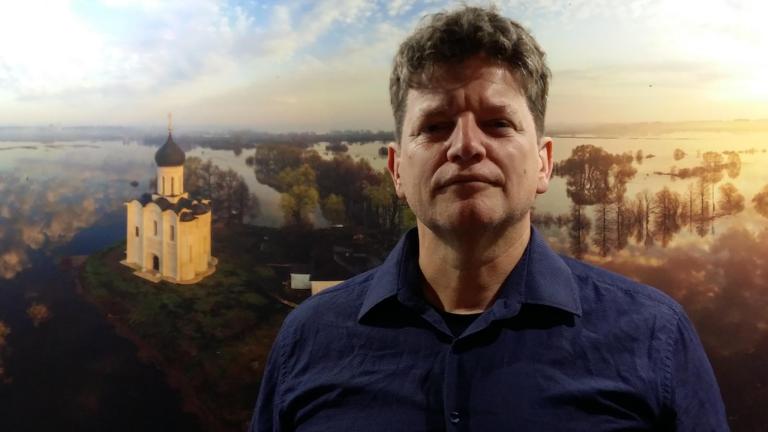
I am a molluscan paleontologist with an MSC earth sciences and PhD in biodiversity. I am interested in reconstructing landscape evolution and understanding drivers of biodiversity change in past, present and future. My work has a taxonomic foundation and includes paleoecological, numerical paleobiological, isotope and integrated sedimentary/taphonomical approaches. Documenting past biodiversity crises and recovery will enable us to improve our understanding of biodiversity trajectories in the Anthropocene.
Keywords
Fossil molluscs, taxonomy, biodiversity, crisis, resilience, landscape evolution, North Sea, Pontocaspian, Amazonia, SE Asia
Researchinterest
This is Epitonium similis, a Pliocene species that is part of a Pacific immigration wave in the North Atlantic. Understanding the rise and demise of this and other molluscs is the core of my research.
Geological time series of environmental and faunal change shed light on the nature, severity and drivers of past biodiversity crises and recovery. Fossil molluscs are ideal tools to reconstruct such time series as they provide a detailed record of past environments and climate conditions and have a good fossilization potential. I work and worked in Neogene/Quaternary long-lived lakes and shallow seas around the world. Documenting environmental change and the response of mollusc faunas sheds light on drivers of biodiversity change and resilience and will help us to understand trajectories and risks of the current Anthropocene biodiversity crisis.
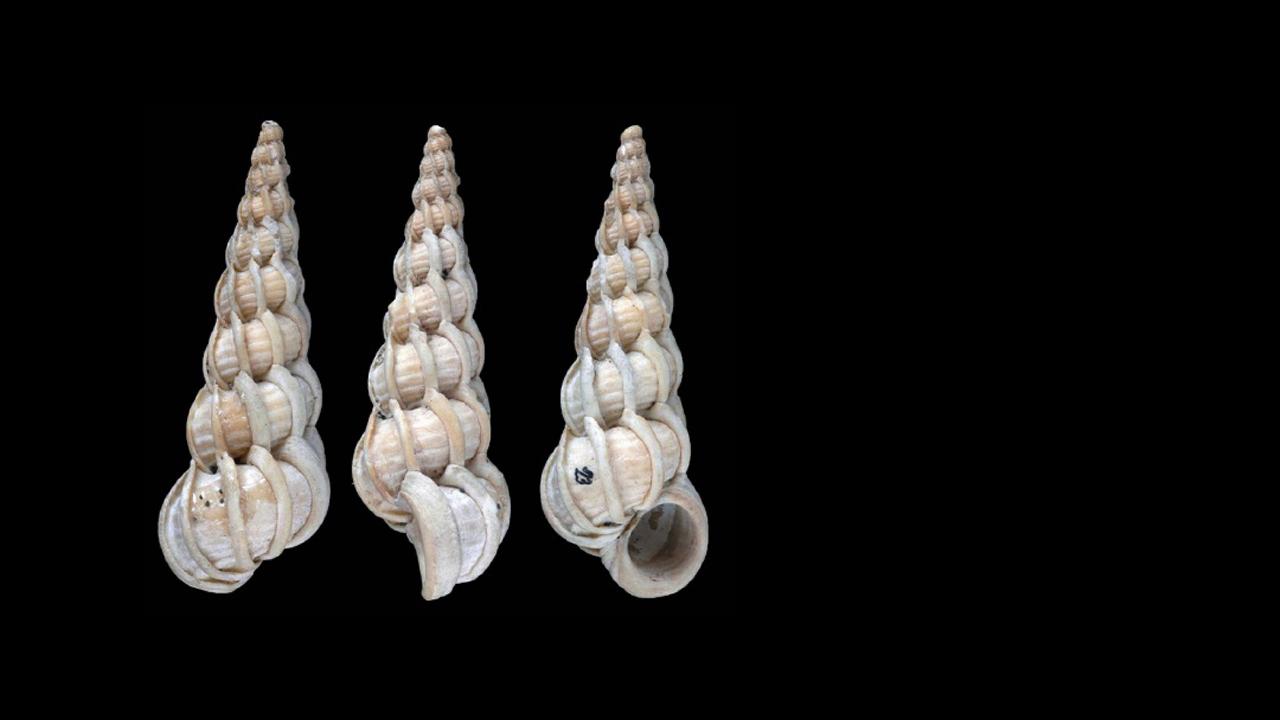
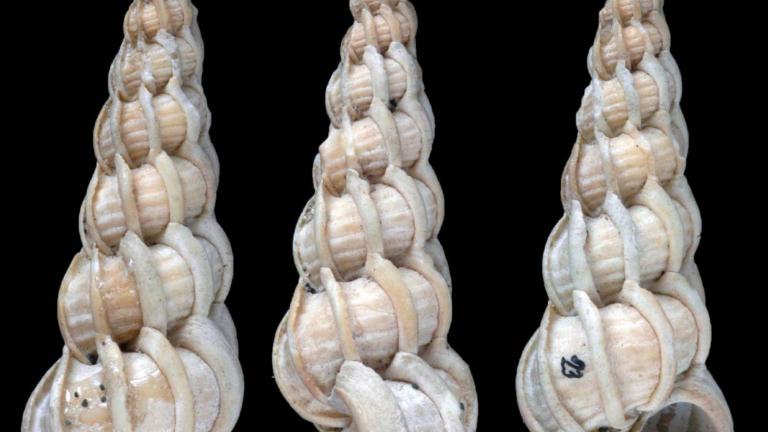
Currenttopics
My current research topics
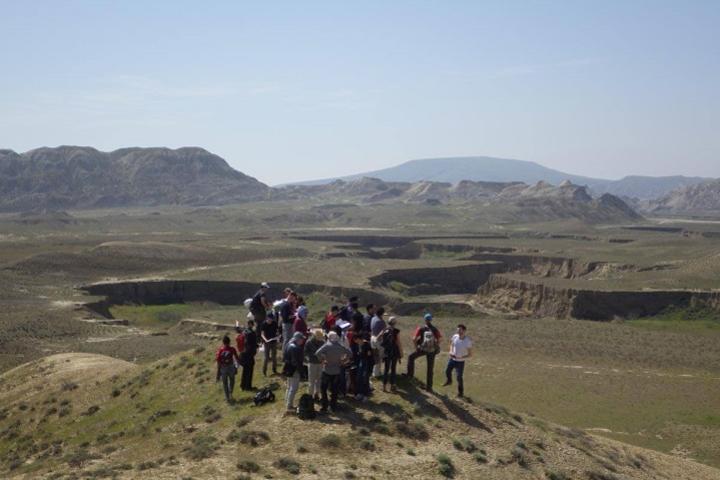
Rise and demise of biodiversity in the Pontocaspian region
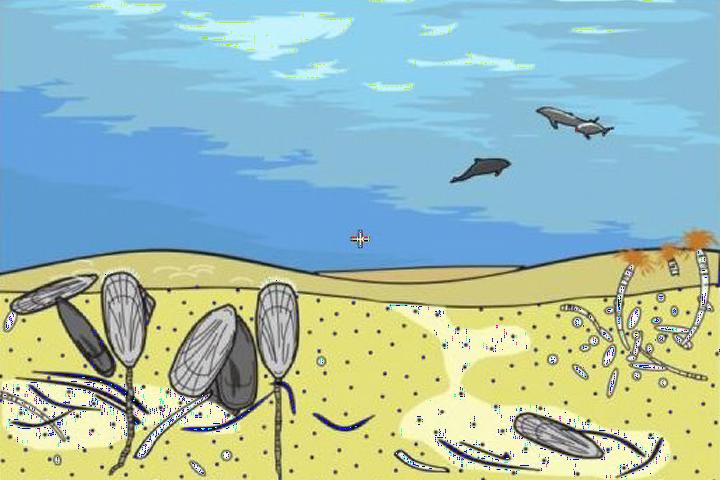
North Sea: Landscape evolution and biodiversity change
Keypublications
-
S. van de Velde, E.L. Jorissen, T.A. Neubauer, S. Radan, A.B. Pavel, M. Stoica, C.G.C. Van Baak, A. Martínez Gándara, L. Popa, H. de Stigter, A.A. Abels, W. Krijgsman, F.P. Wesselingh. 2019. A conservation palaeobiological approach to assess faunal response of threatened biota under natural and anthropogenic environmental change. Biogeosciences Discuss., https://doi.org/10.5194/bg-2019-6. Manuscript under review for journal Biogeosciences. https://www.biogeosciences-discuss.net/bg-2019-6/bg-2019-6.pdf
-
F.P. Wesselingh, T.A. Neubauer, V.V. Anistratenko, M.V. Vinarski, T. Yanina, J.J. ter Poorten, P. Kijashko, C. Albrecht, O.Yu. Anistratenko, A. D’Hont, P. Frolov, A. Martínez Gándara, A. Gittenberger, A. Gogaladze, M. Karpinsky, M. Lattuada, L. Popa, A.F. Sands, S. van de Velde, J. Vandendorpe, T. Wilke. 2019. Mollusc species from the Pontocaspian region – an expert opinion list. Zookeys 827: 31-124. https://zookeys.pensoft.net/article/31365/login.php
-
W. Krijgsman, A. Tesakov, T. Yanina, S. Lazarev, G. Danukalova, C.G.C. Van Baak, J.Agustí, M.C. Alçiçek, E. Aliyeva, D. Bista, A.Bruch, Y.Büyükmeriç, M. Bukhsianidze, R. Flecker, P. Frolov, T.M. Hoyle, E.L. Jorissen, U. Kirscher, …F.P. Wesselingh. 2019. Quaternary time scales for the Pontocaspian domain: Interbasinal connectivity and faunal evolution. Earth-Science Reviews 188: 1-40. https://www.sciencedirect.com/science/article/pii/S001282521830415X
-
T.A. Neubauer, S. van de Velde, T. Yanina, F.P. Wesselingh. 2018. A late Pleistocene gastropod fauna from the northern Caspian Sea with implications for Pontocaspian gastropod taxonomy. Zookeys 43. https://zookeys.pensoft.net/article/25365/
-
J.C.A. Joordens, F. d’Errico, F.P. Wesselingh, S. Munro, J. De Vos, J. Wallinga, C. Ankjærgaard, T. Reimann, J.R. Wijbrans, K.F. Kuiper, H.J. Mücher, H. Coqueugniot, V. Prié, I. Joosten, B. Van Os, A.S. Schulp, M. Panuel, V. Van Der Haas, W. Lustenhouwer, J.J.G. Reijmer, W. Roebroeks. 2015. Homo erectus at Trinil on Java used shells for tool production and engraving. Nature 518: 228-231.
-
Hoorn, C., Wesselingh, F.P., Steege, H. ter, Bermudez, M.A., Mora, A., Sevink, J., Sanmartin, I., Sanchez-Meseguer, A., Anderson, C.L., Figueiredo, J.P., Jaramillo, C., Riff, D., Negri, F.R., Hooghiemstra, H., Lundberg, J., Stadler, T., Saerkinen, T. & A. Antonelli. 2010. Amazonia Through Time: Andean Uplift, Climate Change, Landscape Evolution, and Biodiversity. Science 330: 927-931.
-
Hoorn, C. & F.P. Wesselingh (eds.). 2010. Amazonia, landscape and species evolution. Wiley Blackwell, Oxford. 447 pp.
-
Renema, W., Bellwood, D.R., Braga, J.C., Bromfield, K., Hall, R., Johnson, K.G., Lunt, P., Meyer, C.P., McMonagle, L., Morley, R.J., O’dea, A., Todd, J.A., Wesselingh, F.P., Wilson, M.E.J.& Pandolfi, J.M. 2008. Hopping Hotspots: global shifts in marine biodiversity. Science, 321: 654-657.
-
F.P. Wesselingh & J. Salo. 2006. A Miocene perspective on the evolution of Amazonian biota. Scripta Geologica, 133: 439-458. (and six more papers in the same issue on Neogene Amazonian molluscs)
-
F.P. Wesselingh, M.E. Räsänen, G. Irion, H.B. Vonhof, R. Kaandorp, W. Renema, L. Romero Pittman, M. Gingras. 2001. Lake Pebas: a palaeoecological reconstruction of a Miocene, long-lived lake complex in western Amazonia. Cainozoic Research 1: 35-68.
-
https://scholar.google.nl/citations?user=Cn-RFAMAAAAJ&hl=nl
PhDsupervision
I supervised PhD Sonja Reich who worked on fossil molluscs from the Neogene of Indonesia and in particular on seagrass and coral carpet associations. Her PhD thesis "Seagrass Mollusks as a Model Group for Paleoecological and Paleodiversity Studies". Sonja combined taxonomic, paleoecological and stable isotope geochemical approaches to characterise the hyper diverse Miocene sea grass faunas of SE Asia in the global centre of marine biodiversity. Sonja's publications can be found at ResearchGate.
Currently I supervise Sabrina van de Velde, who is finishing her PhD thesis as part of the ITN PRIDE. Sabrina combines mollusc taxonomy, paleoecology, sedimentary and stable isotope approaches to characterie the nature and diversity of Late Quaternary Pontocaspian faunas. These faunas evolved in the Caspian-Black Sea Basin under anomalohaline salinities in the past few million years and are currently under threat through a range of anthropogenic pressures, such as habitat destruction and the introduction of exoticc species in these habitats. Sabrina's publications can be found at ResearchGate.
Also I am a co-supervisor of Aleksandre Gogaladze who also is part of ITN PRIDE. Aleks's work is about stakeholder inventories in the Pontocaspian region and outreach.
Teachingactivities
- I have been involved in teaching courses for biology students at Leiden University ("Introduction Geology for Biology Students" and "Introduction Evolution and the fossil record").
- Furthermore I have been involved in various PhD training courses as part of ITN PRIDE.
- Finally I have been teaching several courses as part of the HOVO, including courses on evolution in long-lived lakes and the geological history of the Netherlands. From Spetember 2019 onwards I will reside one day a week at Utrecht University.